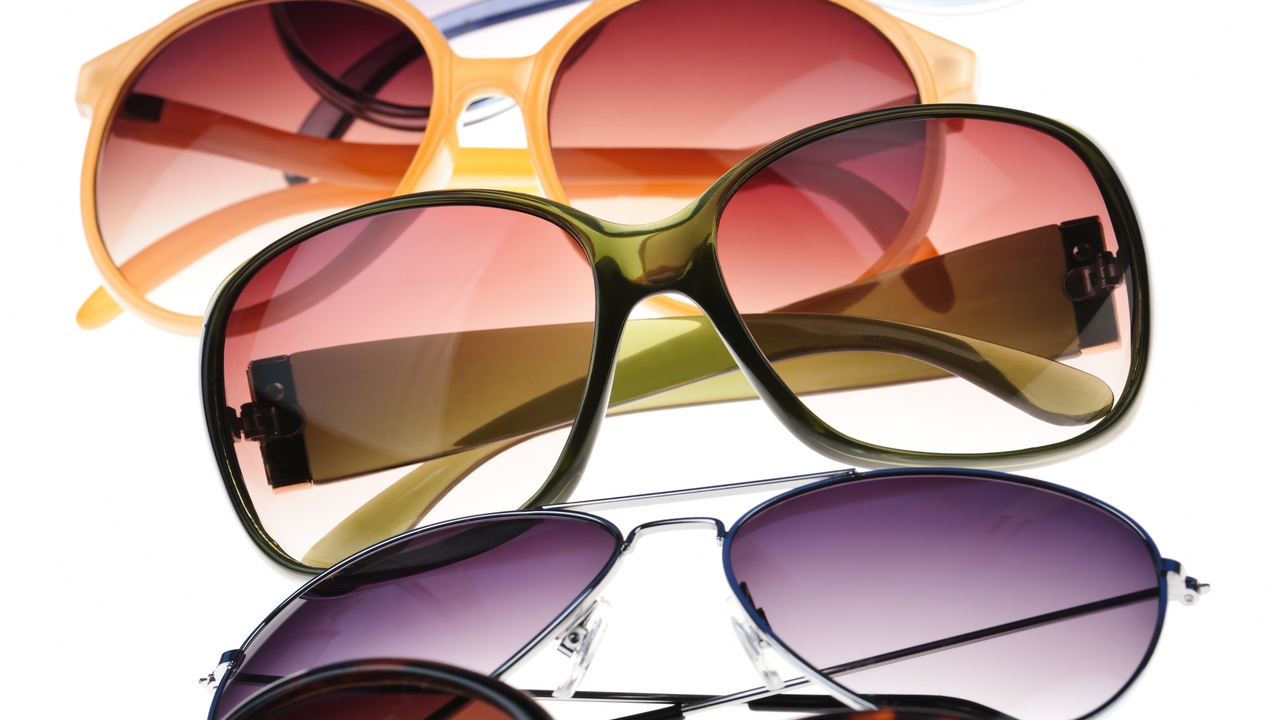Color blindness is a genetic disorder that affects the ability to distinguish colors. It is estimated that In Spain there are nearly two million colorblind people (one in 12 men and one in 200 women), whose ability to discriminate colors is reduced compared to what the majority of the population sees.
Now, a study carried out by Aurora Torrents, dean of the Faculty of Optics and Optometry of Tarrassa (FOOT), of the Polytechnic University of Catalonia (UPC), opens a door to improving the visual quality of these people.
According to this work, The salmon filter in sunglasses could help color blind people with their color perception. This is one of the great conclusions drawn from the research carried out by Dr. Torrents, in a study of the Glasses, Lenses and Frames Forum, organized by the Association of Optical Manufacturers (AEO) and the Vision and Life association.
This study, recently presented, analyzes to what extent the color of the filters we use in sunglasses modifies our perception of reality. Surprisingly, during its execution, a discovery was obtained through serendipity: «Analyzing a sample of ten colorblind people (four deuteranomalous, two deuteranopic, one protanopic, two protanomalous and another with mild colorblindness) we were able to see how eight of the “Ten affected people have better color vision with a salmon sunglasses filter,” explains the expert.
That is to say, a door opens to an improvement in the visual quality of these people: the salmon filter helps generate greater color differences between red and green. «We are very proud that this study has provided us with this information, given that now visual health professionals will also be able to advise color blind people and analyze whether using this type of filters they have better color vision. It is very important for all of us as professionals to continue researching and advancing in this aspect,” explains Pedro Rubio, president of AEO.
Because in the market There are endless varieties of sunscreens and sunglasses: from the mirrored ones, the gradient ones and, of course, all the lens colors that, in addition to a protective function for visual health, combine fashion and trends. In Spain, 85.8% of the population say they use sunglasses, although not all the options available on the market are known to users: lenses that improve contrast are unknown to 65.2%; The degraded ones are only known to 35.7% and the mirrored ones are known to 42.2%.
Types of color blindness
There are different types of color blindness that cause problems seeing different colors. Red-green is the most common and makes it difficult to distinguish between these two colors. There are four types: Deuteranomaly, the most common, makes certain shades of green look redder. This type is mild and does not usually interfere with normal activities; protanomaly, which makes certain shades of red look greener and less bright, is also mild and does not usually interfere with normal activities; and protanopia and deuteranopia, which mean that they cannot differentiate between the two.
There is also the blue-yellow color blindness, less common, makes it difficult to discern the difference between various color combinations. There are two types: tritanomaly, which makes it difficult to differentiate between blue and green, and between yellow and red; and tritanopia, which does not distinguish between blue and green, between purple (violet) and red, and between yellow and pink. It also makes colors look less bright.
Lastly there is the rarer complete color blindness, called monochromacy or achromatopsiaand for which the colors are not recognized at all.

